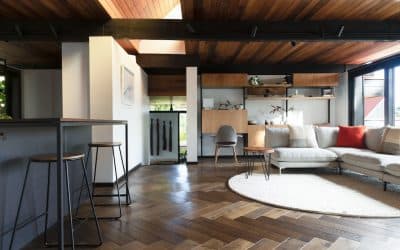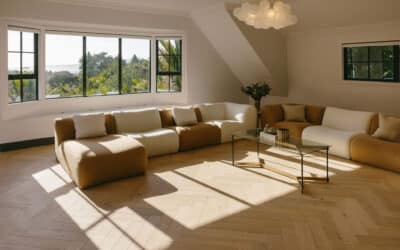When it comes to choosing wood flooring for your home, you may be wondering whether to go with solid wood or engineered timber. Both options have their pros and cons, and the right choice for you will depend on your specific needs and preferences. Here are some factors to consider when deciding between engineered timber flooring and solid wood:
- Stability: Engineered timber flooring is made from layers of wood that are fused together, making it more stable than solid wood. This means it is less prone to expanding and contracting with changes in temperature and humidity, making it a good choice for homes in areas with fluctuating weather conditions. This is especially beneficial for homes based in Auckland where the temperatures and humidity levels can fluctuate greatly.
- Durability: Solid wood is a durable flooring option, but it can be prone to scratches, dents, and other types of damage. Engineered timber flooring is also durable, but it is typically more resistant to wear and tear than solid wood.
- Installation: Solid wood flooring must be nailed or glued to a subfloor, which can be a more labor-intensive and time-consuming process. Engineered timber flooring can often be installed using a floating method, which means it can be laid on top of an existing floor without the need for glue or nails.
- Cost: Solid wood flooring can be more expensive than engineered timber flooring, especially if you choose a high-quality wood species. However, the lifespan of solid wood flooring is generally longer than that of engineered timber, which means it may be a more cost-effective choice in the long run.
- Appearance: Both solid wood and engineered timber flooring can have a beautiful, natural appearance.
In summary, both solid wood and engineered timber flooring have their own unique benefits and drawbacks. To determine which is the right choice for you, consider factors such as stability, durability, installation, cost, and appearance.


